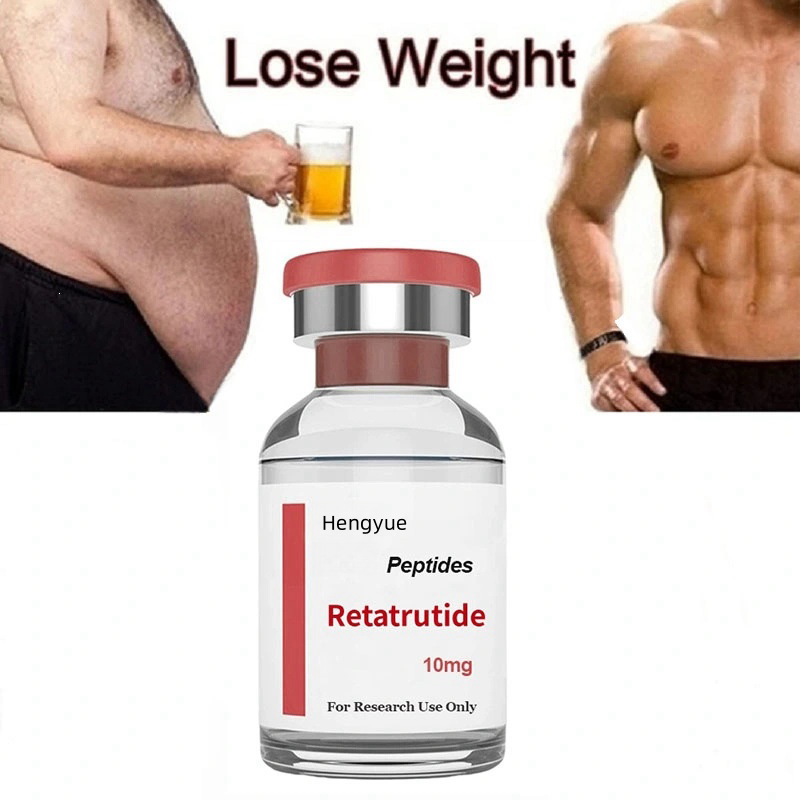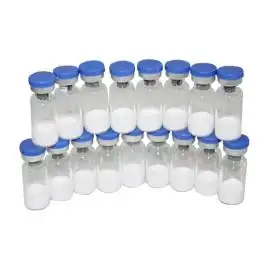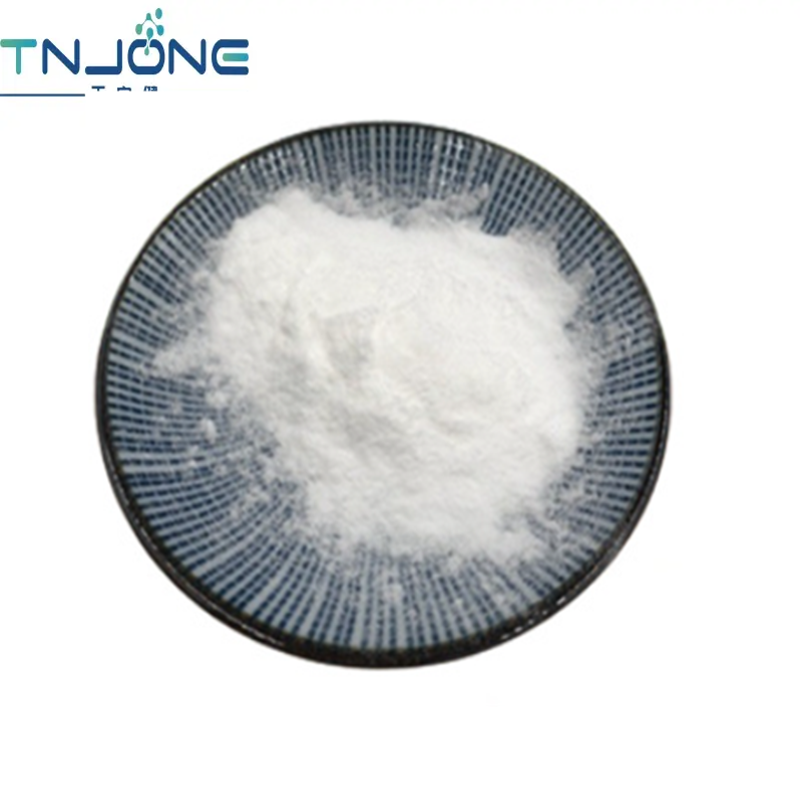-
Categories
-
Pharmaceutical Intermediates
-
Active Pharmaceutical Ingredients
-
Food Additives
- Industrial Coatings
- Agrochemicals
- Dyes and Pigments
- Surfactant
- Flavors and Fragrances
- Chemical Reagents
- Catalyst and Auxiliary
- Natural Products
- Inorganic Chemistry
-
Organic Chemistry
-
Biochemical Engineering
- Analytical Chemistry
-
Cosmetic Ingredient
- Water Treatment Chemical
-
Pharmaceutical Intermediates
Promotion
ECHEMI Mall
Wholesale
Weekly Price
Exhibition
News
-
Trade Service
Recently, the field of research and development of new drugs targeting FcRn has ushered in a lot of progress in China
.
The end of September, and platinum medicine fully human monoclonal anti-FcRn antibody Bartoli in clinical registration for systemic myasthenia gravis (gMG) of 3, the administration's first patients completed; the end of August, Johnson & Johnson (Johnson & Johnson ) The anti-FcRn antibody nipocalimab, which was acquired from the company for approximately US$6.
Hebo Pharmaceutical Johnson & Johnson Zai Lab
FcRn is widely expressed throughout the body and plays a central role in preventing the degradation of immunoglobulin G (IgG) antibodies
.
At present, FcRn has been considered to have great potential in the treatment of a variety of IgG-mediated autoimmune diseases, and it has also been used to improve the properties of protein and macromolecular carrier drugs
FcRn is widely expressed throughout the body and plays a central role in preventing the degradation of immunoglobulin G (IgG) antibodies
The biological function of FcRn
The full name of FcRn in Chinese is The neonatal Fc receptor (The neonatal Fc receptor)
.
According to literature reports, the earliest research on FcRn can be traced back to 1958
During the fetus and newborn period, FcRn plays a vital role in the transfer of immunoglobulin from the mother to the newborn
▲FcRn mediates IgG transfer (picture source: reference [4])
▲FcRn mediates IgG transfer (picture source: reference [4]) With the deepening of research, scientists have discovered that FcRn can be continuously expressed throughout life except during the newborn period
.
At the same time, FcRn is widely expressed in cells of various tissues, including hematopoietic cells, vascular endothelial cells, and epithelial cells
FcRn has 2 main ligands: IgG and albumin
In addition, another important research direction in this field is to develop drugs to inhibit the binding of endogenous FcRn and IgG, thereby treating autoimmune diseases driven by autoantibody
.
In autoantibody-driven diseases, the body's antibodies attack or damage its own proteins, cells and tissues, often causing devastating consequences
Another important research direction is to develop drugs to inhibit the binding of endogenous FcRn and IgG, thereby treating autoimmune diseases driven by autoantibody.
A variety of FcRn-targeted antibodies enter the clinic
A variety of FcRn-targeted antibodies enter the clinic At present, the development of antibody drugs based on the target of FcRn is considered to have great therapeutic potential
.
By developing drugs that can bind to FcRn, blocking the binding of FcRn to pathogenic IgG antibodies can reduce the expression level of IgG antibodies, thereby achieving the goal of treating diseases
By developing drugs that can bind to FcRn, blocking the binding of FcRn to disease-causing IgG antibodies can reduce the expression level of IgG antibodies, thereby achieving the purpose of treating diseases
Image source: 123RF
Hebo Medicine/HanAll Biopharma Bartolizumab (HBM9161) : This is a fully human monoclonal antibody targeting FcRn developed by HanAll Biopharma, and Hebo Medicine obtained the drug for development in Greater China in 2018 , Production and commercialization rights
.
Bartolizumab can block the FcRn-IgG interaction to accelerate the degradation of autoantibodies, thereby treating various pathogenic IgG-mediated autoimmune diseases
.
Previously, the product was included in the breakthrough treatment category in China, and the Phase 3 registration trial for systemic myasthenia gravis is currently underway
.
Hebo Pharma/HanAll Biopharma Bartolizumab (HBM9161)
Zai Lab/argenx efgartigimod : This is an FcRn targeting antibody fragment developed by argenx to reduce pathogenic IgG antibodies and block IgG circulation
.
In January 2021, Zai Lab obtained the exclusive development and commercialization rights of efgartigimod in Greater China for a total of US$175 million in cooperative payments
.
At present, the product has submitted a marketing application for the treatment of systemic myasthenia gravis in the United States, and a phase 3, multi-center clinical study for patients with primary immune thrombocytopenia is being carried out in China
.
Johnson & Johnson nipocalimab (M281) : This is an IgG1 antibody that binds to FcRn developed by Momenta.
It has been granted orphan drug designation by the FDA for the prevention of fetal and neonatal hemolytic disease, and is already in the phase 2 clinical treatment of myasthenia gravis Positive results were obtained in the experiment
.
Public information shows that nipocalimab is designed to be an effectorless, high-affinity, and pH-insensitive monoclonal antibody to improve the lives of patients
.
In August 2020, Johnson & Johnson announced the acquisition of Momenta for approximately US$6.
5 billion and obtained R&D pipeline projects including nipocalimab
.
In China, a clinical trial application for the product to treat systemic myasthenia gravis has been approved
.
UCB (UCB) rozanolixizumab : This is a high-affinity humanized FcRn monoclonal antibody designed to reduce pathogenic IgG antibodies and block the IgG recycling process
.
The product's intended development indications include immune thrombocytopenia, systemic myasthenia gravis, chronic inflammatory demyelinating polyneuropathy (CIDP), etc.
, and it has now progressed to the phase 3 clinical research stage globally
.
In China, a clinical trial application for the product to treat systemic myasthenia gravis has also been approved
.
Alexion SYNT001 : This is a humanized monoclonal antibody developed by Syntimmune (acquired by Alexion) that inhibits the interaction of FcRn with IgG and IgG immune complexes, which is expected to improve the treatment of a variety of rare diseases mediated by IgG
.
Previously, SYNT001 has been evaluated in a Phase 1b/2 study for the treatment of patients with warm autoimmune hemolytic anemia (WAIHA) and patients with pemphigus vulgaris or pemphigus
.
Currently, the product is undergoing phase 2 clinical trials for WAIHA patients
.
In addition, there are other anti-FcRn antibodies under development around the world.
Due to limited space, we will not introduce them one by one here
.
A new generation of drugs developed based on the characteristics of FcRn
A new generation of drugs developed based on the characteristics of FcRn In addition to the development of FcRn-targeted antibodies, the use of the principle of FcRn-mediated IgG and albumin recycling to extend the half-life of therapeutic antibodies and reduce the frequency of parenteral administration has also become one of the main areas of a new generation of therapeutic antibodies
.
For example, Roche's crovalimab (RO7112689) is a new type of anti-complement C5 antibody that uses sequential monoclonal antibody recovery technology (SMART), which combines isoelectric point, FcRn and pH-dependent affinity technology
.
These features not only enable crovalimab to efficiently bind to C5, enhance the absorption of C5-crovalimab by endothelial cells, and process C5 in the body, but also enable FcRn-mediated crovalimab to be efficiently recycled
.
For another example, Lepu Biologics is researching HX008 (pucotenlimab), which is a humanized monoclonal antibody against human PD-1 by using human IgG4 subtype
.
According to reports, HX008 innovatively uses antibody engineering technology to introduce mutations in the Fc region to increase the binding affinity of FcRn, thereby greatly extending its half-life and improving the clinical efficacy and drug compliance of patients
.
▲FcRn is essential for the delivery of albumin to the blood (picture source: reference [5])
▲FcRn is essential for the delivery of albumin to the blood (picture source: reference [5]) In addition to recovering antibodies, FcRn can also carry out the two-way transport of immunoglobulins through the cell membrane, thereby providing a feasible way for protein drugs to cross the intestinal barrier and enter the blood
.
This also makes FcRn expected to become a new way to achieve drug delivery
.
Among them, the way of administration by inhalation from the lungs is another way to deliver protein in a non-invasive way besides oral administration
.
For example, the pulmonary delivery of erythropoietin Fc fusion protein (EPO-Fc) can specifically transport FcRn from the lung cavity into the systemic circulation, and at the same time has a bioavailability similar to subcutaneous administration
.
It can be seen that with the continuous in-depth study of the biological functions of FcRn in the scientific community, the prospects of FcRn in drug development have been widely recognized
.
In addition to being a potential molecular target, it is also used to improve the properties of proteins and macromolecular carrier drugs
.
We also hope that these FcRn-based products can be validated in clinical trials and provide patients with better curative and safer treatment options as soon as possible
.
references:
references:[1] Editor-in-chief Xu Tiebing; Excellent Cycling Athlete——Wang Yan[Z]; Ganjingzi Yearbook; 1996
[1] Editor-in-chief Xu Tiebing; Excellent Cycling Athlete——Wang Yan[Z]; Ganjingzi Yearbook; 1996 [2] Dong Xinting.
Wang Yan is on the road [J].
New Sports, 2001(05): 28-30.
Wang Yan is on the road [J].
New Sports, 2001(05): 28-30.
[3] Hebo Pharmaceutical Bartolizumab HBM9161 was administered to the first patient in the Phase III trial of systemic myasthenia gravis.
Retrieved Sep 27, 2021, from https:// Hebo Pharmaceutical Bartolizumab HBM9161 was administered to the first patient in the Phase III trial of systemic myasthenia gravis.
Retrieved Sep 27, 2021, from https:// [4]Roopenian DC, Akilesh S.
FcRn: the neonatal Fc receptor comes of age.
Nat Rev Immunol.
2007 Sep;7(9):715-25.
doi: 10.
1038/nri2155.
Epub 2007 Aug 17.
PMID: 17703228.
FcRn: the neonatal Fc receptor comes of age.
Nat Rev Immunol.
2007 Sep;7(9):715-25.
doi: 10.
1038/nri2155.
Epub 2007 Aug 17.
PMID: 17703228.
[5] Pyzik M, Sand KMK, Hubbard JJ, et al.
The Neonatal Fc Receptor (FcRn): A Misnomer?[J].
Frontiers in Immunology, 2019, 10:1540-.
The Neonatal Fc Receptor (FcRn): A Misnomer?[J].
Frontiers in Immunology, 2019, 10:1540-.
[6]Gong Zhaoqian, Xu Yanan, Deng Guangcun, Wu Xiaoling.
Neonatal Fc receptor immunological function and research progress[J/OL].
Chinese Journal of Immunology: 1-17[2021-10-14].
http:// kns.
cnki.
net/kcms/detail/22.
1126.
R.
20210910.
1141.
002.
html.
Neonatal Fc receptor immunological function and research progress[J/OL].
Chinese Journal of Immunology: 1-17[2021-10-14].
http:// kns.
cnki.
net/kcms/detail/22.
1126.
R.
20210910.
1141.
002.
html.
[7] Wang Yan.
The dawn of liver cell FcRn treatment of drug-induced liver injury[J].
Liver, 2018, 023(003): 199-200.
The dawn of liver cell FcRn treatment of drug-induced liver injury[J].
Liver, 2018, 023(003): 199-200.







